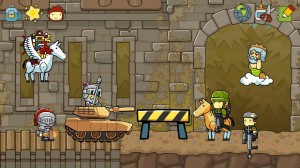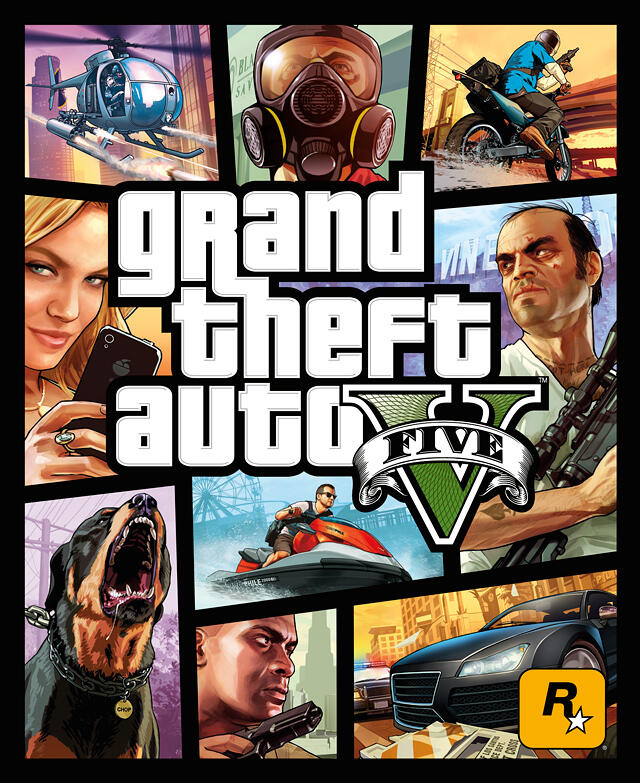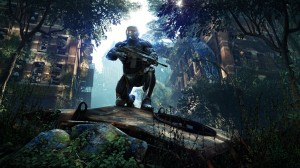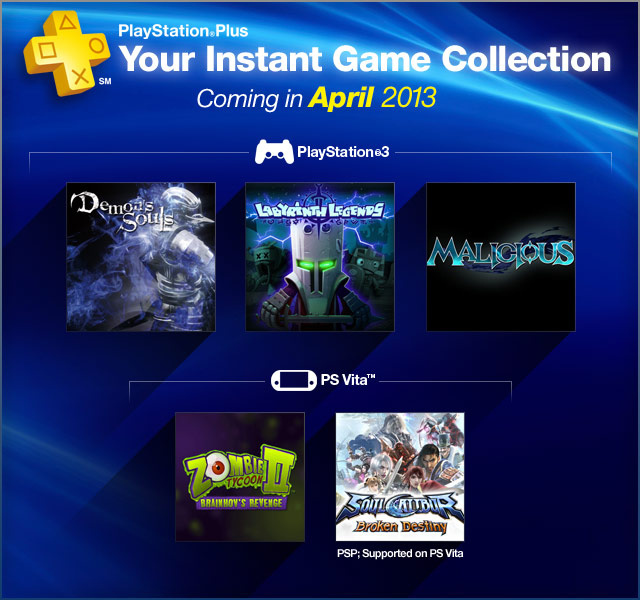Greetings, programs.
Well, it’s been about four weeks since the launch of the newest SimCity, a launch that is, quite possibly, the most disastrous since Blizzard’s Diablo III launch. And the issues were much the same: the games were designed to be played online online, and the servers just weren’t capable of handling the immense traffic that launch brought.
However, EA/Maxis have deployed a couple of patches, brought numerous new servers online to deal with the demand, and things have gotten better with SimCity. And yet challenges remain. Several of us robots have been playing, (most of whom were too busy playing to throw in their two cents, alas) but we wanted to sit down and give everyone a chance to talk about our experience.
Citizen-Bot: Let’s start with the basics. The gameplay is, for the most part, beautiful and incredibly fun. This is the same kind of addictive experience that I’ve had with all of the previous SimCity games. And they’ve improved on some of the problems from SimCity 4: no more building water pipes, the ability to build curved roads, and a ton of new customization options. But it’s still a game of balancing needs, planning, and budgeting. And I still succumb to my #1 problem of the past: overbuilding and too rapid of expansion causing huge deficits. Thank goodness for cheat codes, right?
Well, not exactly. Because the game is all online and EA/Maxis have emphasized a global leaderboard and a global marketplace for resources, so cheating would kind of take away the point of that if you can simply gift yourself millions of simoleans or any other resource, right? But, there is a “Sandbox mode” that you can set which starts you with ten times more money and allows cheating. But you can only enable this for an entire region, and there’s no moving things back and forth from the sandbox. But because of the way the game is set up, issues like this are probably never going to be resolved.
This is the same for the complaint about playing offline vs online. Even though numerous hackers have shown that you can play the game offline (and EA now admits this as well), they went ahead with the concept anyway, largely as a way to keep people from pirating. At least they admit their mistakes, and as a peace offering to folks who ponied up $60 have given us a free game from Origin. So, I get a free copy of Mass Effect 3. . . I am mollified. Partially.
The sad thing? I’ve been having more fun playing ME3 to go back to SimCity. And that goes double for wanting to play Lego City Undercover on my Wii U. I think that says something. After building out a couple of cities to the fullest extent possible, what more is there to do? Keep logging in to see the simoleans pile up? Bo-ring. Even giving me a special Nissan Leaf pack didn’t really get me excited, even as excited as I am in real life for electric vehicles.
But there are still significant bugs in the game. Anyone who has tried to place a train station or ferry can hopefully agree with me. Why can’t I connect them to my ultra-wide avenues? These are supposed to be the arteries to deliver tourists or import/export goods, and I can’t hook it up to my highest capacity roads, but only to single lane roads? How does that make sense? The road guide system is also less than helpful. Guides appear and disappear for no reason. I go try to use one to place a series of roads and they disappear. Must. Fix. The guides also make no sense. Say I want to pre-plan for eventually building a megalopolis, and I want a residential block that can fit exactly four highrise skyscrapers or an industrial zone that will build the largest scale of factory. While the zoning tool shows me exactly how far back it can conceivably build something along that road, the guide lines don’t line up with those measurements. So you are almost just as good not using them.
And while not a bug, it is super annoying that it won’t let me place roads over placed buildings of any kind. I’m glad you won’t let me bisext my police station or school, but, seriously, I can’t make an intersection because there is a bus stop there? Can you just move it down one pixel, please? And no matter how many times I try to get a recycling center to work, the mechanics are buggy. And as one of the most expensive improvements you can make to a city, it’s a bad thing to get wrong.
Another major problem? No Ctrl-Z undo type functionality. You just built a road and it’s not exactly straight how you wanted it? Too bad. You placed your water treatment plant or hospital in the wrong spot? Too bad.
The other problem is I miss having full control of my game. I understand the whole global marketplace/competition idea, but since you have Sandbox mode, why not also include a true full sandbox mode where you can design your own region, place resources, and cities? And since people are always going to whine and complain about the size of cities and not being big enough, give the people what they want.
Speaking of, also allow people to save a copy of their city in sandbox mode at any time for offline play. Allow limited play offline so, for instance, when your server is full, you can still go in and make some changes. This also would allow for the great fun of building up your city only to unleash disasters on it and then recover from them.
SithBot: Since I have a Mac and don’t feel like dropping the cash to get Windows and Boot Camp or Parallels my system, I’ve found the delay on the OSX version to be a mixed blessing. Obviously, I’m annoyed that many of my friends and fellow robots have been enjoying the game since day one (or whenever they were actually able to login), but I’m also happy that most of the bugs (hopefully) will have been ironed out once it finally gets ported over (sometime in April, it would appear).
I’ve always been a firm advocate of releasing a game when it’s finally ready to go and all the bugs have been worked out, and it was quite apparent that SimCity shipped chock full of problems, and I’m not talking just about the server issues for the always online DRM. As Citizen-Bot and countless others online have noted, just because you can play the game, many features still seem half baked and/or not functional, and it’s a shame that such an iconic franchise has stumbled so hard from the get go.
Hopefully once I’m actually able to download the damn thing and get going, these bugs will be a distant memory and won’t leave a bitter taste in my mouth from their still not being fixed. Which is why I’m probably going to wait even a bit longer than the actual release date of the OSX version just to ensure that I don’t suffer the same frustrations as the players of its PC counterpart.
Citizenbot: Yeah, I think you’re better waiting. In the final summation, I think you have to take a game for what it is rather than what it isn’t. At its core, this is still a fun game. Yes, I think it could use several tweaks. And the hacktivist community has certainly showed that whether EA wants them to or not, those hacks will happen. So I expect we’ll see more changes regardless, and they certainly can’t make it any worse..






